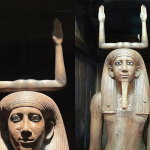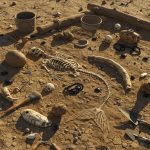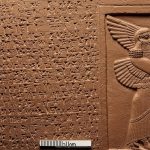Statue of Penmernab

Statue of Penmernab — This remarkable sculpture depicts Penmernab presenting a naos surmounted by a ram’s head, the sacred animal of the god Amun-Re . Dating to the New Kingdom, 19th Dynasty (c. 1292–1189 BC), it was discovered at Deir el-Medina and is now housed in the Egyptian Museum of Turin, Catalogue No. 3032
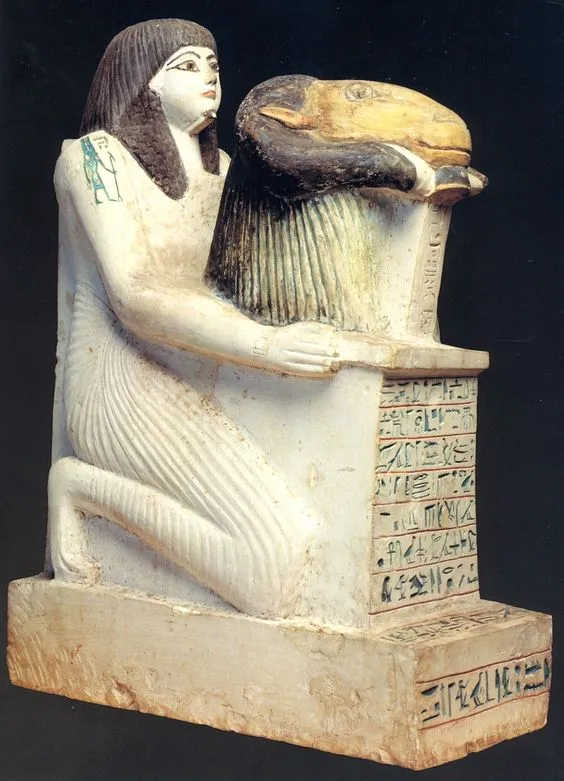
Penmernab was an ancient Egyptian official who lived during the New Kingdom period, most likely in the 18th or 19th Dynasty (circa 1550–1186 BCE). He served as a priest and high-ranking administrator in the temples dedicated to major deities, reflecting his significant social and religious status.
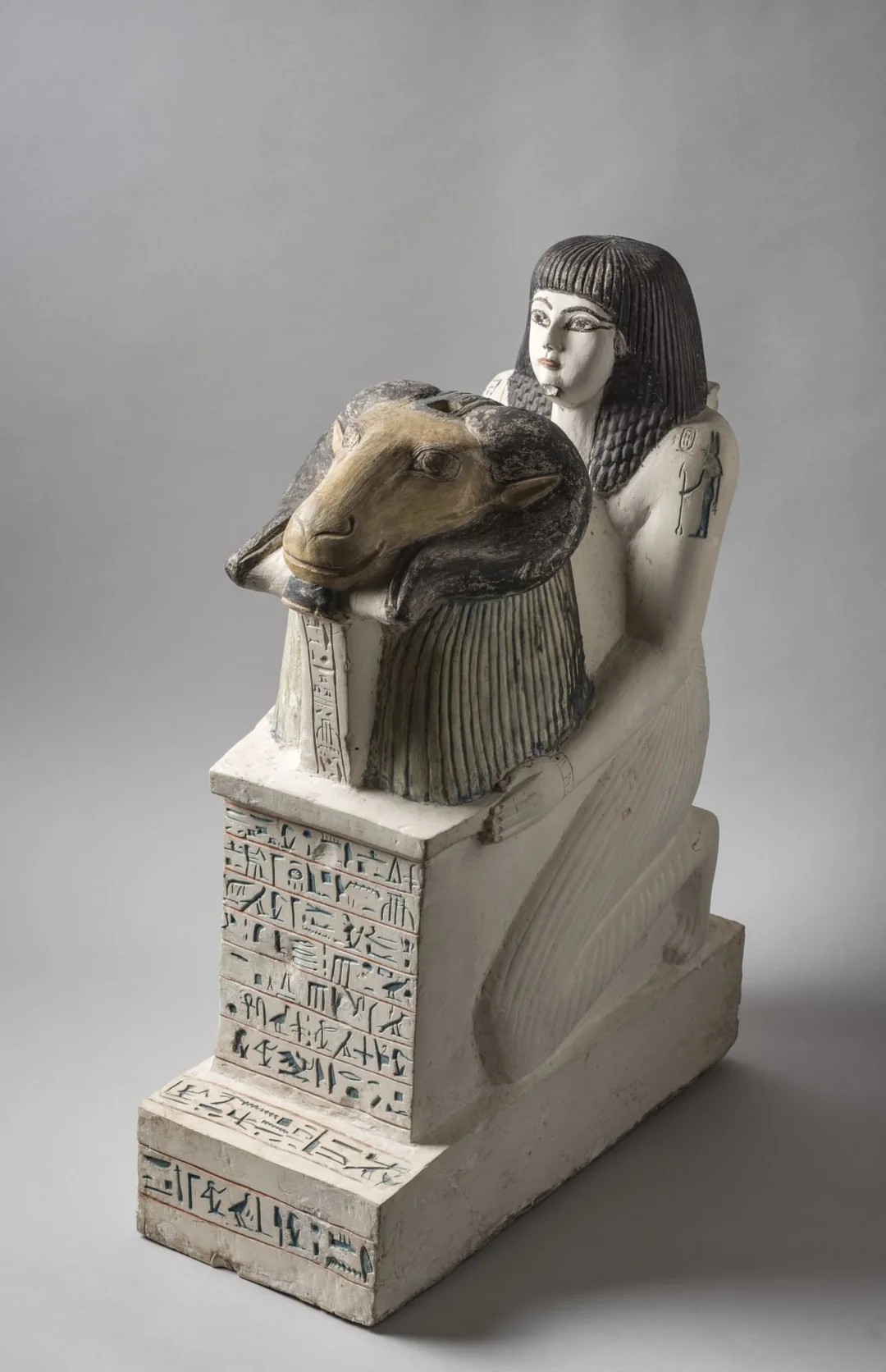
Artifacts depicting or inscribed with his name, such as statues and offering stelae, show him in the traditional pose of devotion, wearing elegant garments typical of Egyptian nobility. These objects often include hieroglyphic inscriptions recording his titles and prayers to the gods for eternal life.
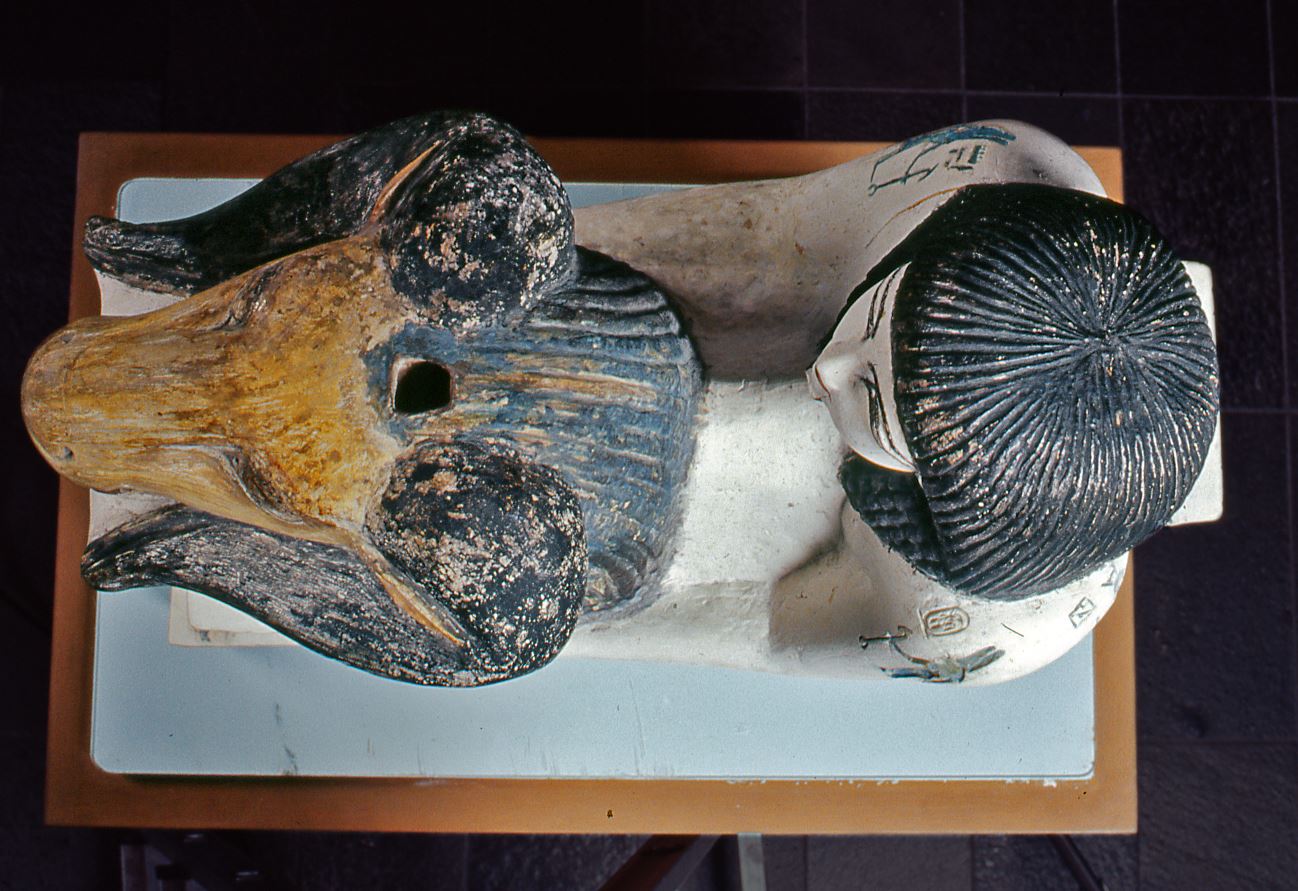
The figure of Penmernab illustrates the close relationship between religion and governance in ancient Egypt, where officials not only managed temple resources but also performed rituals to maintain divine order, or ma’at, in both the human and cosmic realms.



